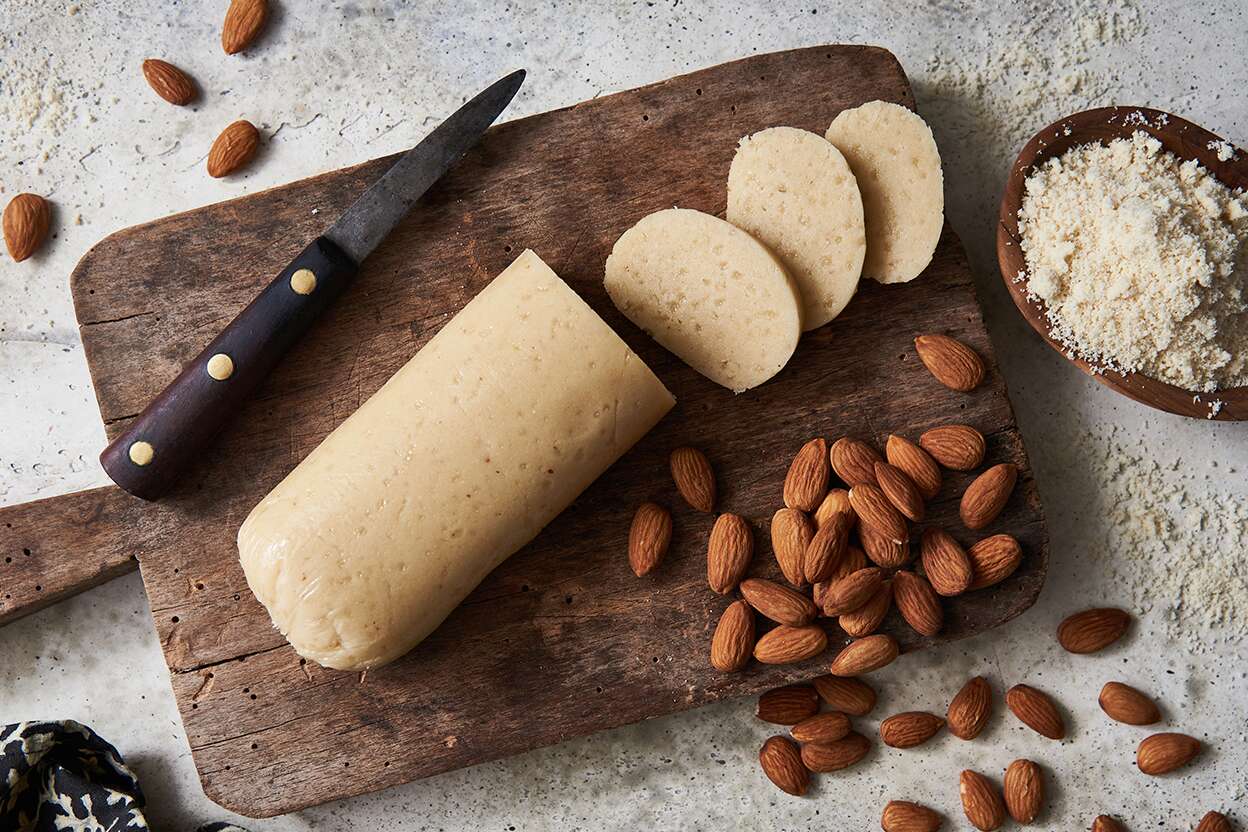

Articles
How To Store Almond Paste
Modified: February 22, 2024
Learn the best methods for storing almond paste to keep it fresh and flavorful. Check out our informative articles on proper storage techniques and tips.
(Many of the links in this article redirect to a specific reviewed product. Your purchase of these products through affiliate links helps to generate commission for Storables.com, at no extra cost. Learn more)
Introduction
Welcome to our guide on how to store almond paste. Almond paste is a versatile and delicious ingredient that is commonly used in baking and confectionary. It is made from a mixture of ground almonds, sugar, and sometimes a little bit of egg white. The result is a smooth, sweet, and nutty paste that adds richness and flavor to various recipes such as pastries, cookies, and marzipan candies.
Whether you have made almond paste from scratch or purchased it pre-made, knowing how to store it properly is essential to maintain its freshness and quality. In this article, we will share valuable tips and techniques to help you store almond paste effectively, ensuring that it stays flavorful and usable for an extended period.
From selecting the right almonds for making almond paste to understanding the ideal storage conditions, we will cover everything you need to know. Additionally, we will provide some practical suggestions on how to use almond paste in various recipes, so you can make the most of this delightful ingredient.
So, if you’re ready to learn how to store almond paste the right way and enjoy its incredible taste and texture for weeks or even months, let’s dive right in!
Key Takeaways:
- Store almond paste in an airtight container in the refrigerator at a consistent temperature to maintain its freshness. Avoid freezing to preserve its smooth texture and rich flavor.
- Experiment with different flavor combinations and uses for almond paste, such as softening, grating, and mixing with other ingredients to enhance your baked goods and confections.
Read more: How To Store Almonds
What is Almond Paste?
Almond paste is a sticky, malleable mixture that is primarily made from ground almonds and sugar. It is often used as a filling in pastries and cookies, as well as a base for marzipan candies. Almond paste has a smooth and creamy texture, and it offers a rich and nutty flavor that is distinctively delicious.
To create almond paste, blanched almonds (almonds with their skins removed) are finely ground before being combined with sugar. The sugar not only adds sweetness but also acts as a preservative, helping to extend the shelf life of the almond paste.
While some commercial almond pastes may contain additional ingredients such as corn syrup or artificial flavors, homemade almond paste typically consists of just almonds and sugar. This allows for a more natural and authentic taste.
Almond paste is commonly used in a variety of baked goods. It can be used as a filling for pastries like croissants, Danish pastries, and tarts, adding a rich and nutty flavor. Almond paste can also be incorporated into cookie dough, creating cookies with a soft and chewy texture.
In addition to its uses in baking, almond paste is the primary ingredient in marzipan. Marzipan is a sweet, smooth, and pliable confection made by combining almond paste with powdered sugar and sometimes egg whites. It can be shaped and molded into decorative figures or used as a coating for cakes.
Overall, almond paste is a versatile ingredient that adds both taste and texture to a wide range of desserts. Whether you’re a baker looking to add depth to your creations or someone with a sweet tooth seeking a delicious treat, almond paste is sure to satisfy.
Selecting Almonds for Almond Paste
The quality of the almonds you use for making almond paste can significantly impact the final taste and texture of the paste. Therefore, it’s essential to choose the right almonds to ensure the best results. Here are some tips for selecting almonds for almond paste:
1. Freshness: Always opt for fresh almonds to make your almond paste. Fresh almonds have a better flavor and texture, making the resulting paste more vibrant and delicious.
2. Skinned Almonds: To achieve a smooth and creamy almond paste, it is best to use blanched or skinned almonds. These are almonds that have had their thin brown skins removed. Skinned almonds yield a smoother paste without any unwanted bitterness that the skin can sometimes impart.
3. Whole Almonds: While you can find pre-ground almond meal or almond flour in stores, it’s recommended to start with whole almonds and grind them yourself. This way, you have more control over the final texture of the almond paste, ensuring it’s not too grainy or too chunky.
4. Organic or Non-Organic: Consider whether you prefer organic or non-organic almonds. Organic almonds are grown without the use of pesticides or synthetic fertilizers, making them a popular choice for those who prioritize environmental sustainability and natural farming practices.
5. Almond Varieties: There are various almond varieties available, such as California almonds, Marcona almonds, and more. Each variety has its own unique flavor profile. California almonds, for example, are slightly sweet and have a mild flavor, making them a popular choice for almond paste.
6. Taste Test: If possible, try a few different almond varieties to determine which ones you prefer for making almond paste. Everyone has different preferences when it comes to flavor, so conducting a taste test can help you find the ideal almonds for your personal taste.
Remember, the quality of the almonds will directly impact the quality of your almond paste. Therefore, it’s worth investing in high-quality almonds to ensure the best taste and texture in your final product.
Making Almond Paste at Home
While you can purchase almond paste from the store, making it at home allows you to have full control over the ingredients and customize it to your preferences. Here’s a simple recipe for making almond paste at home:
Ingredients:
- 2 cups blanched almonds
- 1 1/2 cups powdered sugar
- 1-2 tablespoons water
- 1/2 teaspoon almond extract (optional)
Instructions:
- Start by blanching the almonds (removing the skin) if you haven’t purchased already blanched almonds. Bring a pot of water to a boil, then add the almonds and let them boil for about 1-2 minutes. Drain the almonds, rinse them with cold water, and pat them dry.
- In a food processor, grind the blanched almonds until they become finely ground but not to the point of becoming almond flour. You want the almonds to retain some texture.
- Add the powdered sugar to the ground almonds in the food processor. Pulse a few times to combine the sugar and almonds.
- If desired, add the almond extract for an extra boost of flavor. You can adjust the amount to taste.
- While the food processor is running, gradually add water, one tablespoon at a time, until the mixture starts to come together and form a sticky paste. Be cautious not to add too much water, as the paste should be firm and not too wet.
- Stop the food processor and use a spatula to scrape down the sides of the bowl. Pulse a few more times to ensure all the ingredients are well combined.
- Your homemade almond paste is now ready to use! Transfer it to an airtight container or wrap it tightly in plastic wrap, making sure to press out any air bubbles to prevent it from drying out.
Homemade almond paste can be stored in the refrigerator for up to two weeks. If you’d like to extend its shelf life even further, you can freeze it for up to three months. Just make sure to thaw it in the refrigerator before using.
With this homemade almond paste recipe, you can enjoy the freshest and most flavorful almond paste for your baking and confectionery needs.
Store almond paste in an airtight container in the refrigerator to keep it fresh. You can also wrap it tightly in plastic wrap before placing it in the container to prevent it from drying out.
Storing Almond Paste Properly
Proper storage is essential to ensure the longevity and freshness of almond paste. Here are some important tips to keep in mind when storing almond paste:
1. Airtight Container: Transfer the almond paste into an airtight container or wrap it tightly in plastic wrap. This will help prevent air and moisture from reaching the paste, which can cause it to dry out or become hard.
2. Refrigeration: Almond paste should be stored in the refrigerator to maintain its freshness and texture. Place the airtight container or wrapped almond paste in the refrigerator to keep it cool.
3. Temperature: Keep the almond paste at a consistent, cool temperature. The ideal temperature for storing almond paste is between 34°F and 40°F (1°C and 4°C). Avoid placing it near areas that may experience temperature fluctuations, such as near the door or in the back of the refrigerator.
4. Avoid Freezing: While almond paste can be frozen, it may affect the texture and consistency once thawed. Freezing can cause the paste to become grainy or separate. It’s best to consume almond paste within its refrigerated shelf life or make smaller batches to avoid the need for freezing.
5. Proper Labeling: It’s essential to label the container or wrapped almond paste with the date it was made or stored. This will help you keep track of its freshness and ensure that you use it within a reasonable time frame.
6. Check for Spoilage: Before using almond paste that has been stored, always inspect it for any signs of spoilage. Look for mold, unusual smells, or a change in texture. If there are any abnormalities, it’s best to discard the almond paste to avoid any potential health risks.
By following these guidelines, you can prolong the shelf life of your almond paste and ensure that it remains fresh and ready to use whenever you need it.
Read more: How To Store Guava Paste
Tips for Using Almond Paste in Recipes
Almond paste is a versatile ingredient that can elevate the flavor and texture of various recipes. Here are some helpful tips to make the most out of using almond paste:
1. Softening Almond Paste: If your almond paste is too firm or hard to work with, you can soften it by microwaving it for a few seconds or kneading it with a little bit of water or almond liqueur. Be careful not to overheat or add too much liquid, as it can change the consistency of the paste.
2. Grating Almond Paste: To incorporate almond paste into your recipes more easily, you can grate it using a cheese grater. This technique works well when you want to evenly distribute small pieces of almond paste throughout dough or batter.
3. Mixing with Other Ingredients: Almond paste can be mixed with various other ingredients to create different flavors and textures. You can combine it with butter, sugar, and eggs to make a delicious almond paste filling for tart shells or use it as a flavoring agent in custards or ice creams.
4. Enhancing Baked Goods: Add almond paste to your favorite baked goods for a boost of flavor. Incorporate it into cookie dough, cake batter, or bread dough to impart a rich and nutty taste. Almond paste can also be used as a filling in pastries, such as croissants or danishes.
5. Making Marzipan: Almond paste is the primary ingredient in marzipan, a sweet and pliable confection. Mix almond paste with powdered sugar and a small amount of water or almond extract to create marzipan that can be shaped, molded, or used as a coating for cakes and cookies.
6. Flavor Combinations: Experiment with different flavor combinations by adding extracts, spices, or citrus zest to almond paste. Almond paste pairs well with flavors such as vanilla, lemon, almond, or cinnamon, allowing you to customize your recipes according to your taste preferences.
7. Filling Variation: While almond paste is commonly used as a filling, you can also combine it with other ingredients to create different flavors. Mix almond paste with fruits, such as berries or apricots, or incorporate chocolate chips or chopped nuts to add additional texture and taste to your fillings.
Remember to adjust the quantity of almond paste based on your recipe and personal preference. The above tips will help you explore the versatility of almond paste and create delicious treats that are sure to impress!
Conclusion
Almond paste is a wonderful ingredient that adds a rich and nutty flavor to a variety of recipes. Whether you’re using it as a filling, a flavoring agent, or even as a standalone confection, knowing how to store almond paste properly is crucial to maintain its freshness and quality. By following the tips mentioned in this article, you can ensure that your almond paste remains delicious and usable for an extended period of time.
Start by selecting high-quality almonds for making almond paste. Fresh, skinned almonds will provide the best flavor and texture. Making almond paste at home allows you to customize the recipe to your liking and have full control over the ingredients. However, if you choose to purchase pre-made almond paste, make sure to check the expiration date and follow the storage instructions provided by the manufacturer.
When it comes to storing almond paste, keep it in an airtight container or wrap it tightly in plastic wrap to prevent air and moisture from reaching it. Refrigeration is key to maintaining its freshness, so store it in a cool and consistent temperature. Avoid freezing almond paste as it can affect its texture. Remember to label the container with the date to keep track of its freshness and discard it if you notice any signs of spoilage.
Finally, when using almond paste in recipes, you have various options. Soften the paste if needed, grate it for easier incorporation into doughs or batters, and experiment with different flavor combinations to enhance your baked goods. Consider making marzipan or using almond paste as a filling to add an extra layer of flavor and texture to your creations.
With these tips in mind, you can confidently store almond paste and utilize it in a variety of delicious recipes. Enjoy the rich and nutty taste that almond paste brings to your culinary creations, and let your creativity fly in the kitchen!
Frequently Asked Questions about How To Store Almond Paste
Was this page helpful?
At Storables.com, we guarantee accurate and reliable information. Our content, validated by Expert Board Contributors, is crafted following stringent Editorial Policies. We're committed to providing you with well-researched, expert-backed insights for all your informational needs.
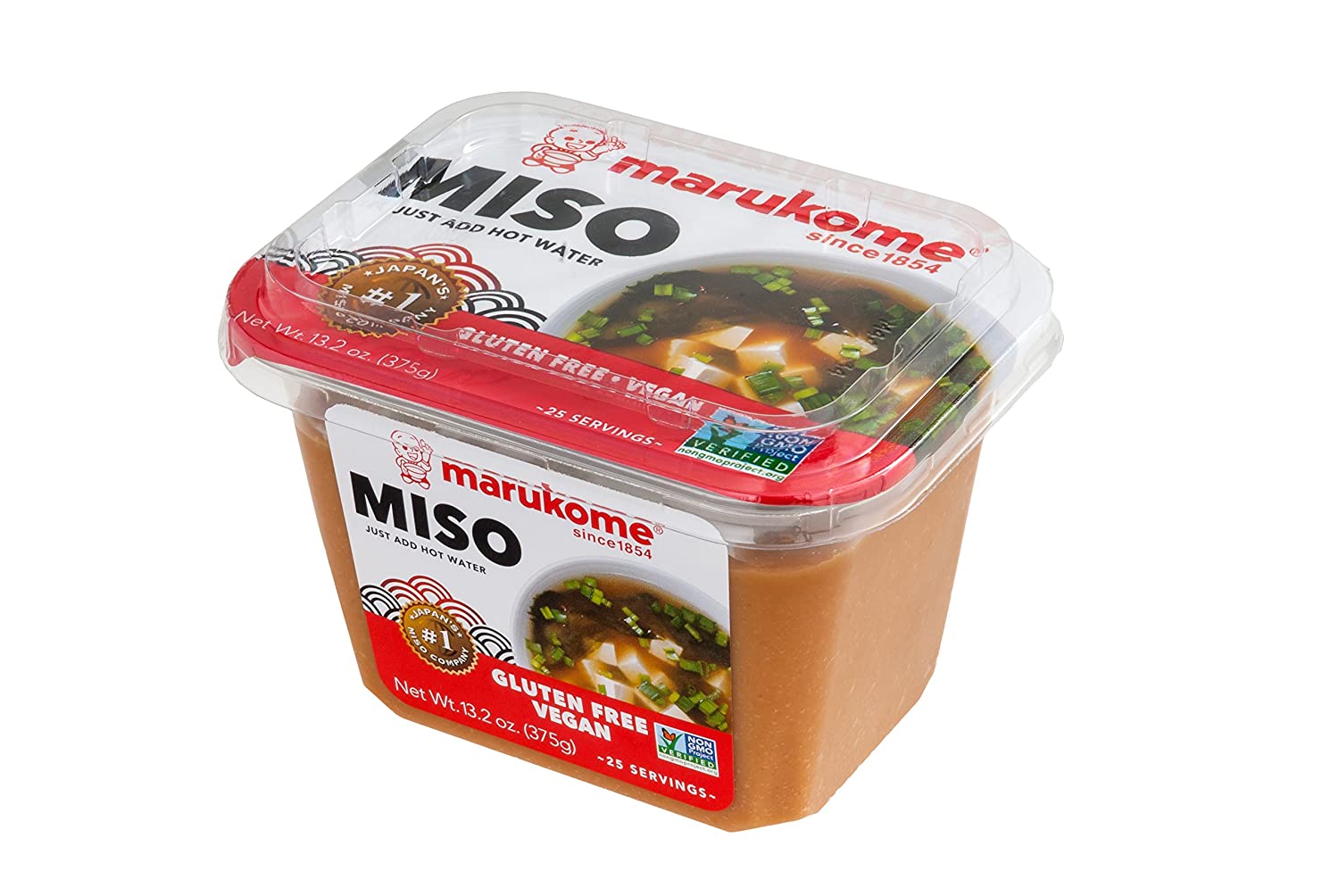
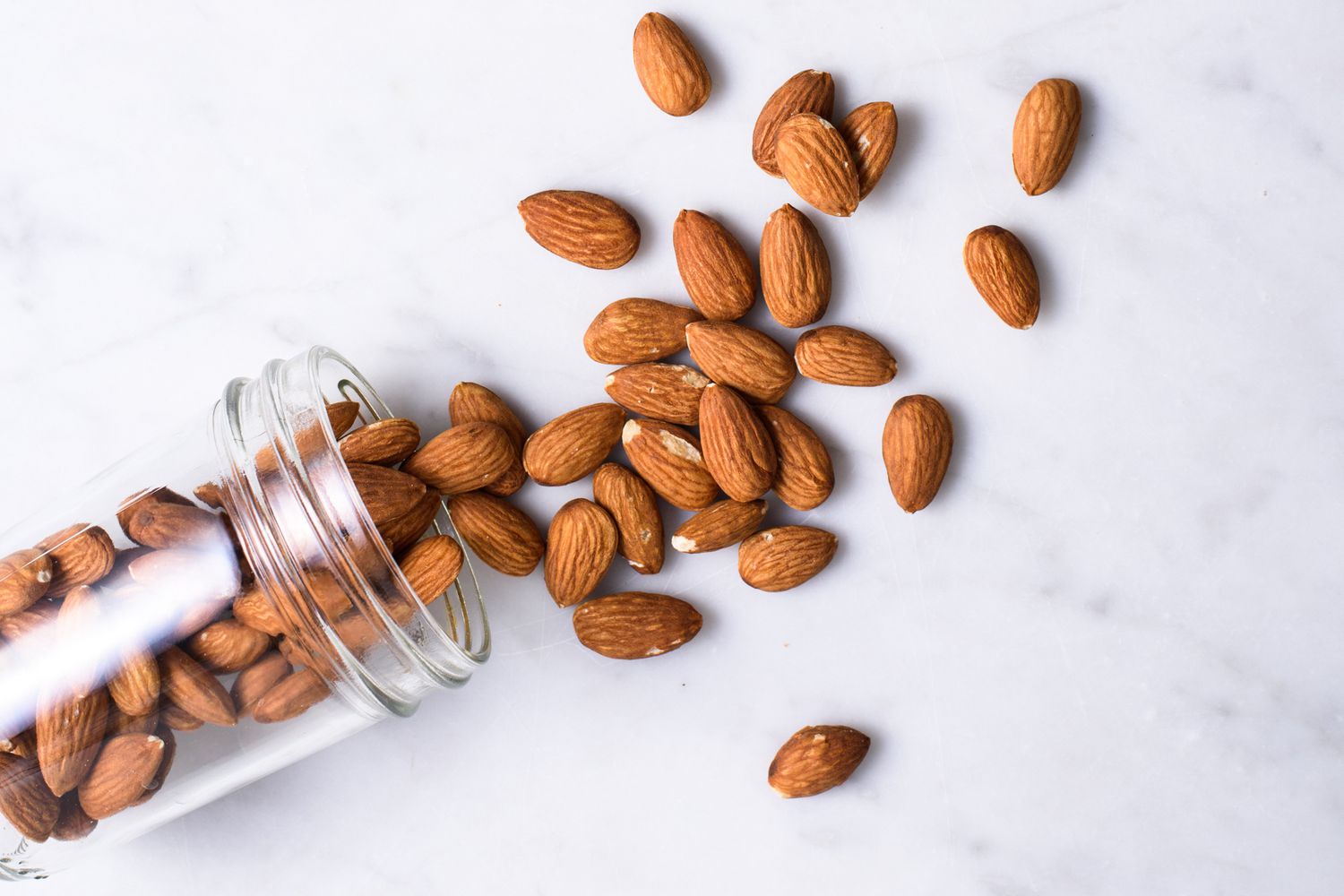
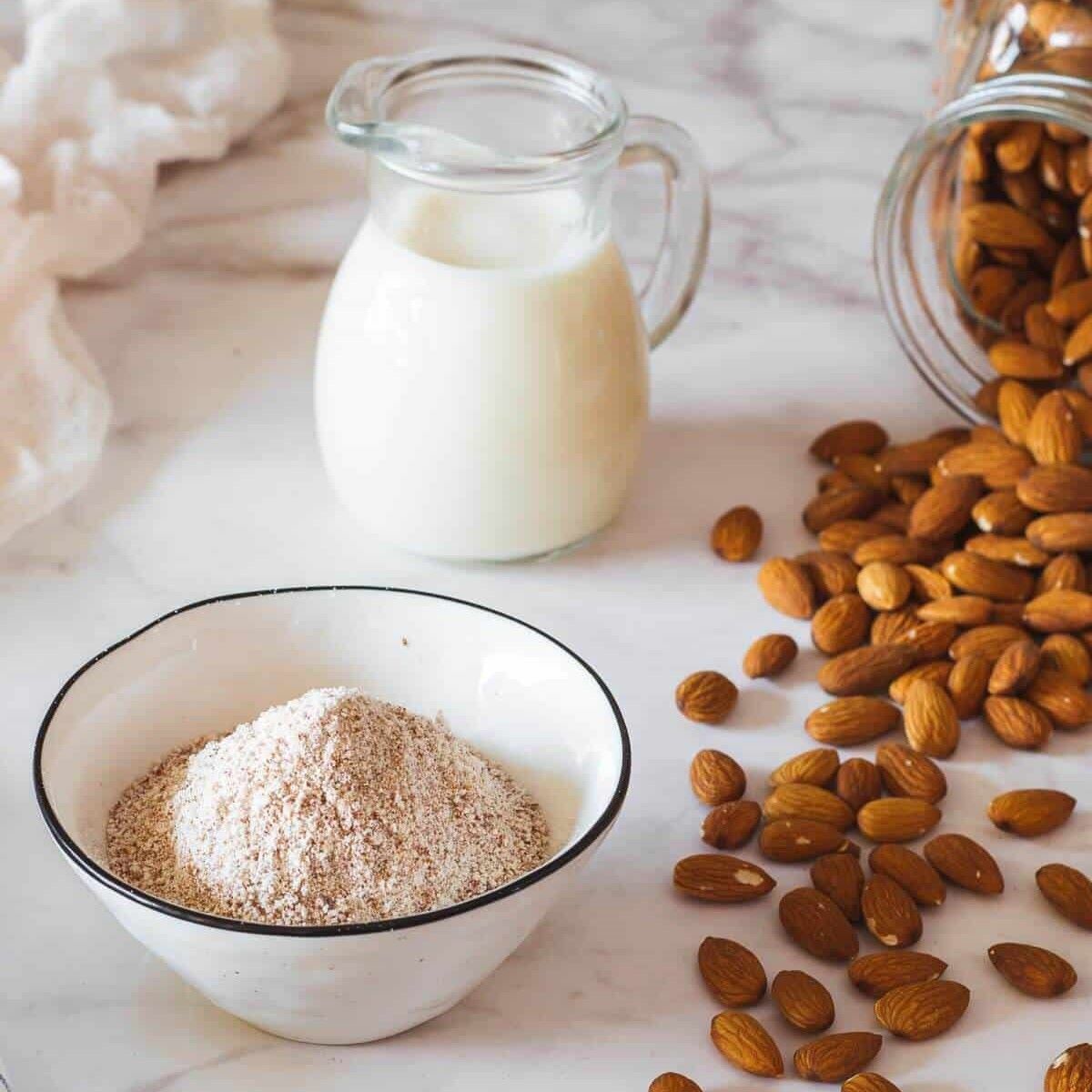
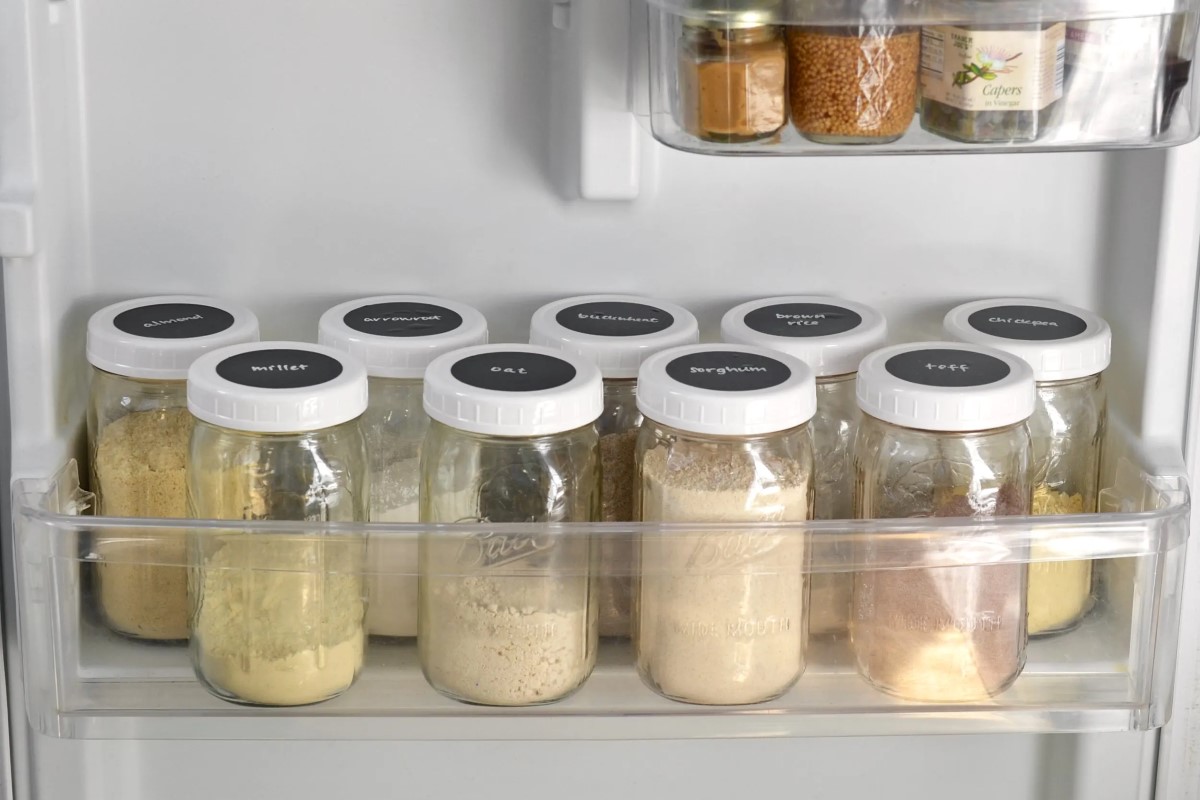
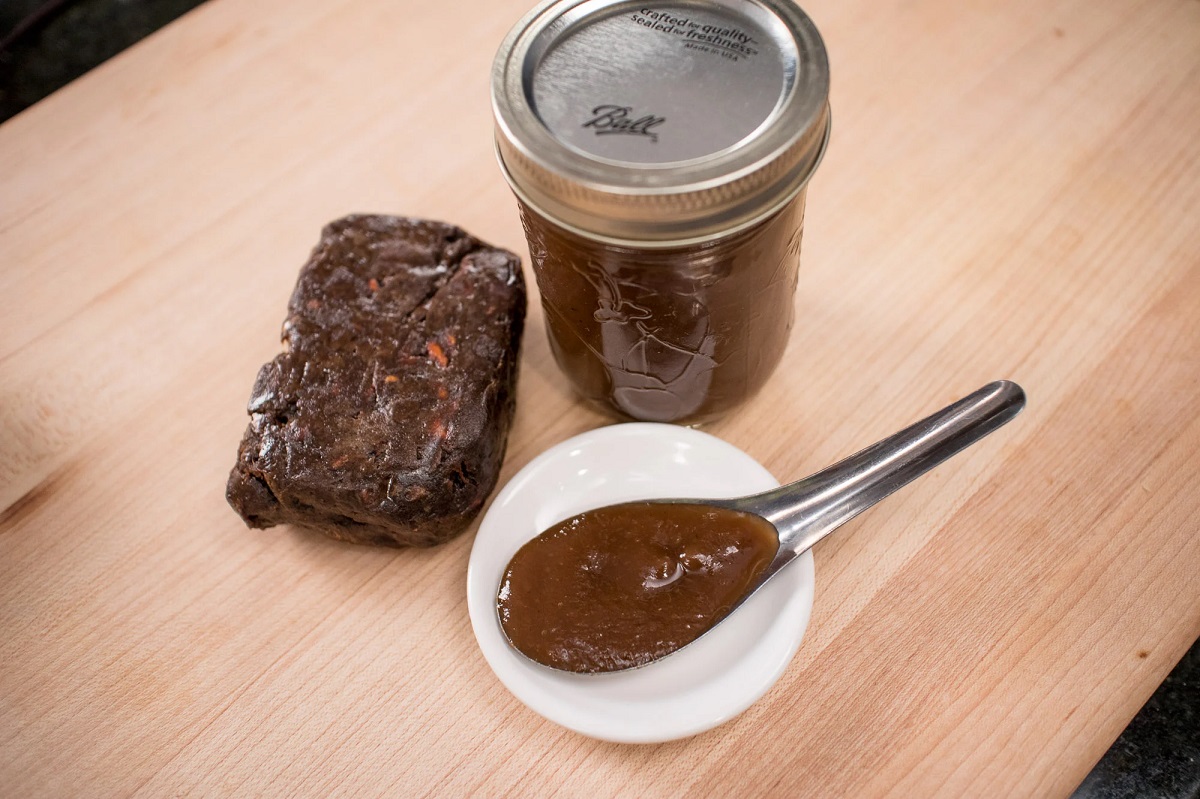
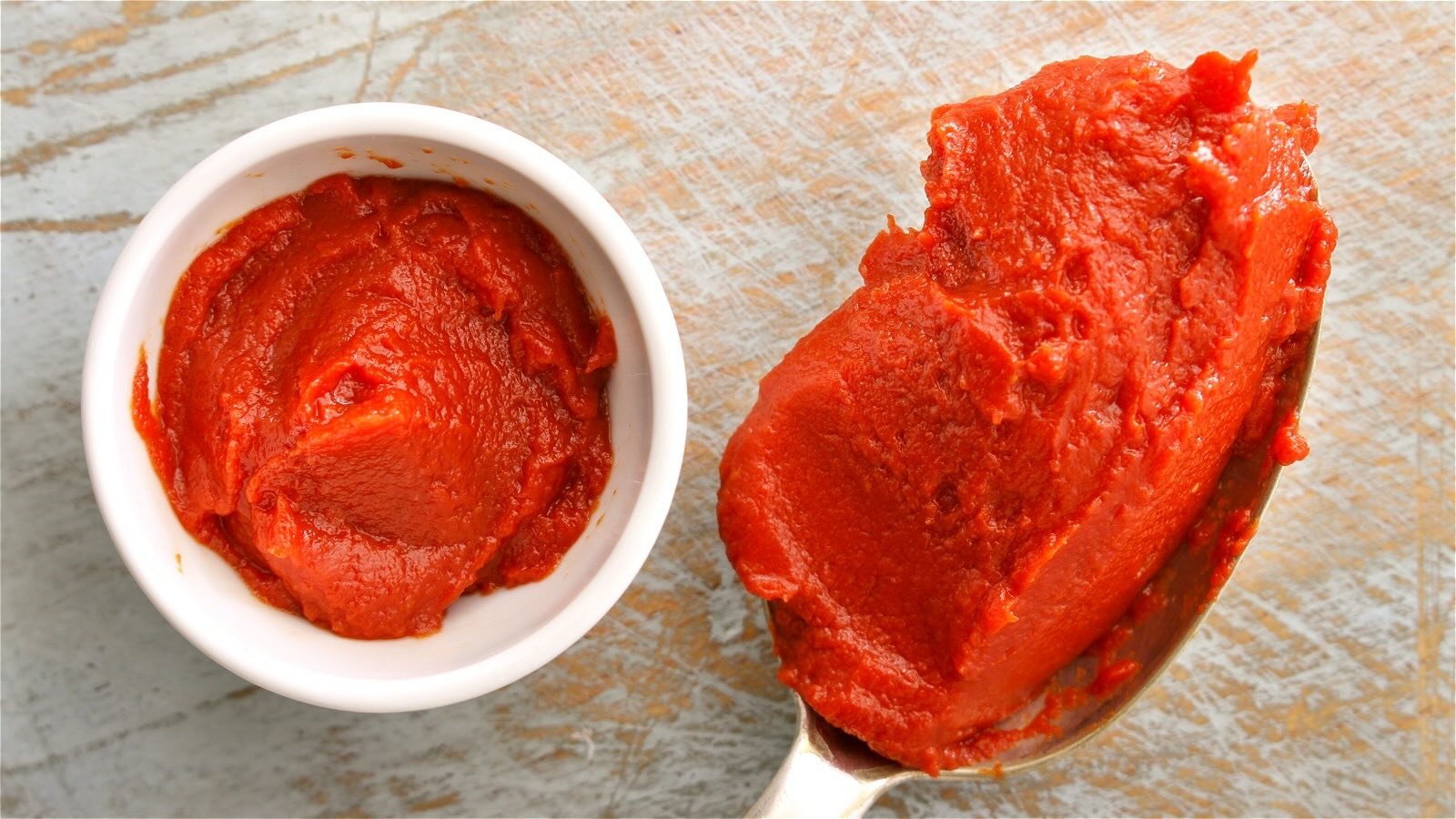

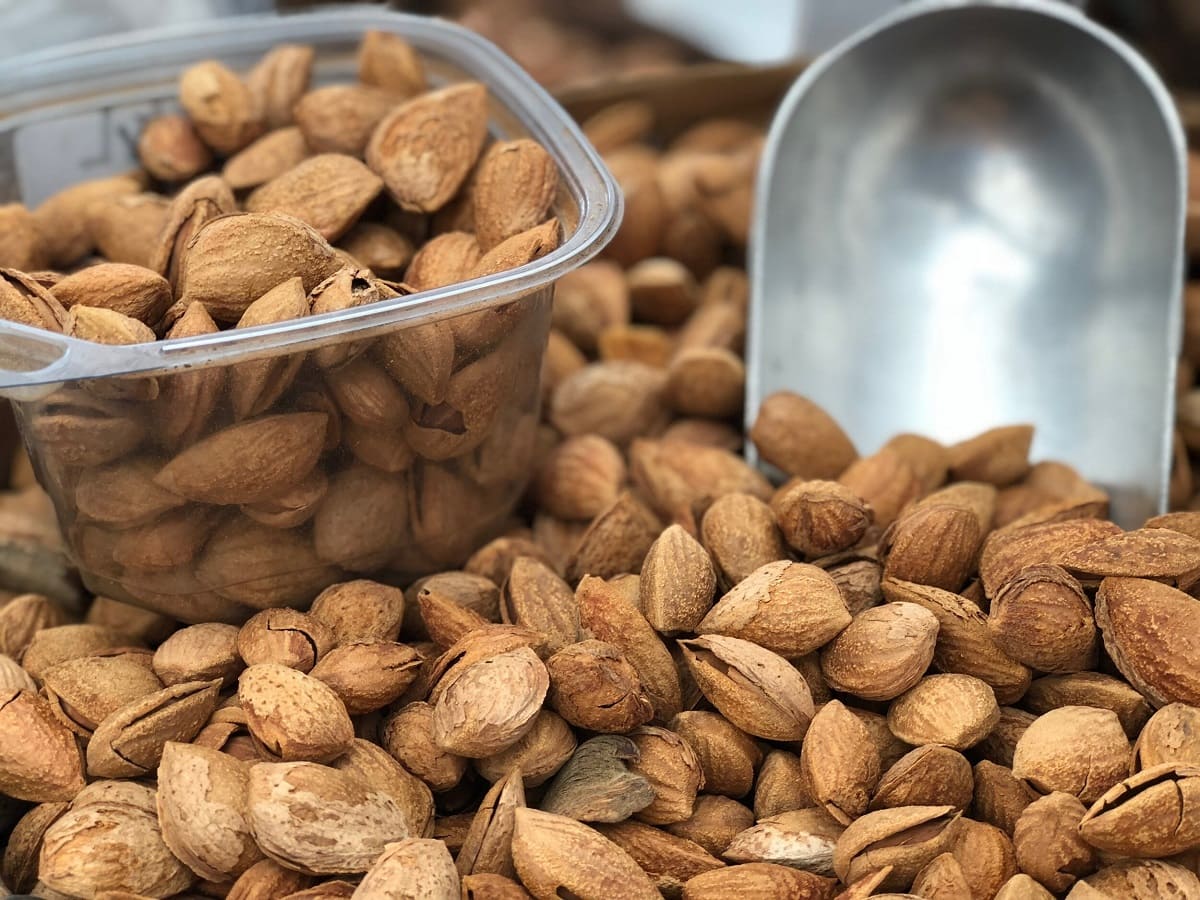

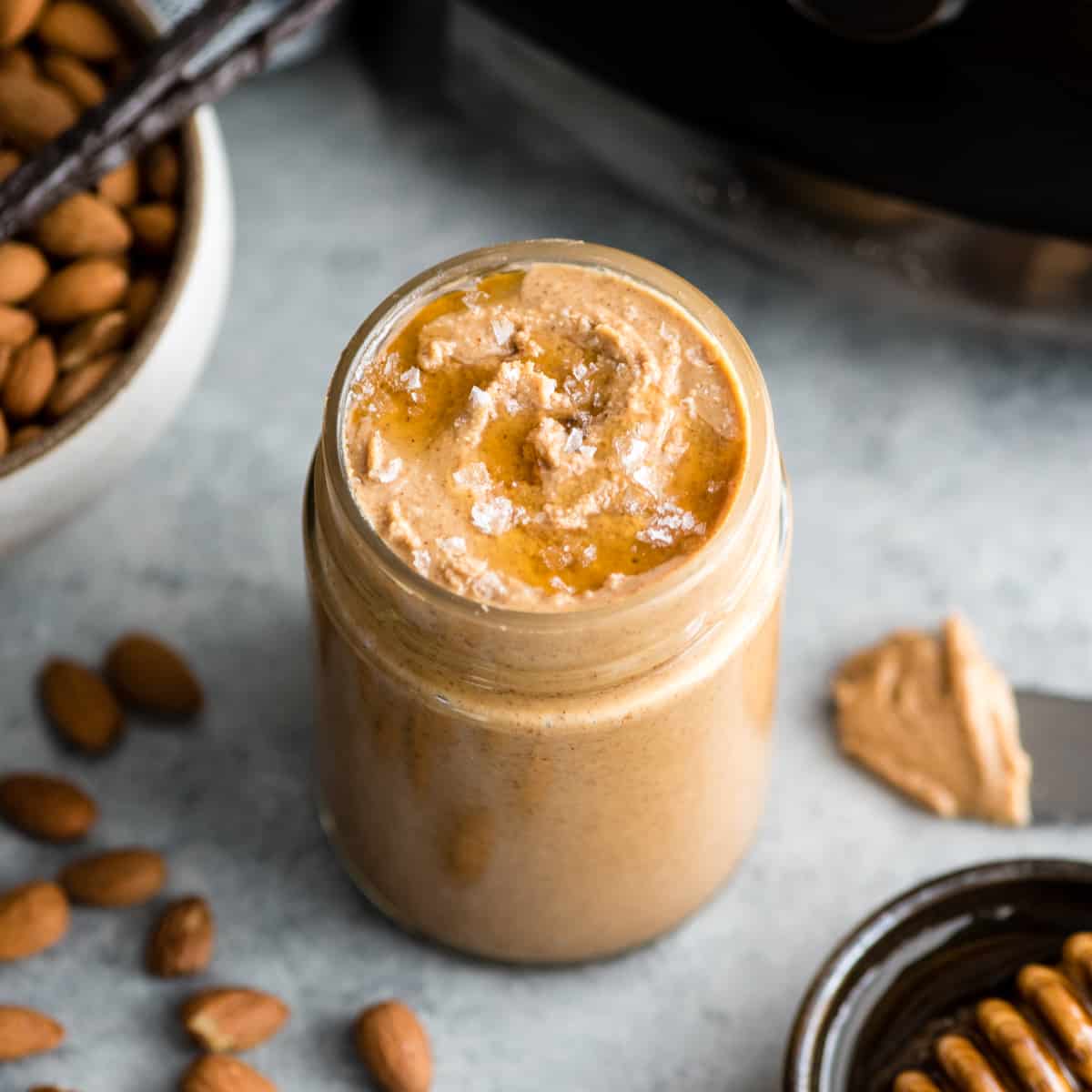
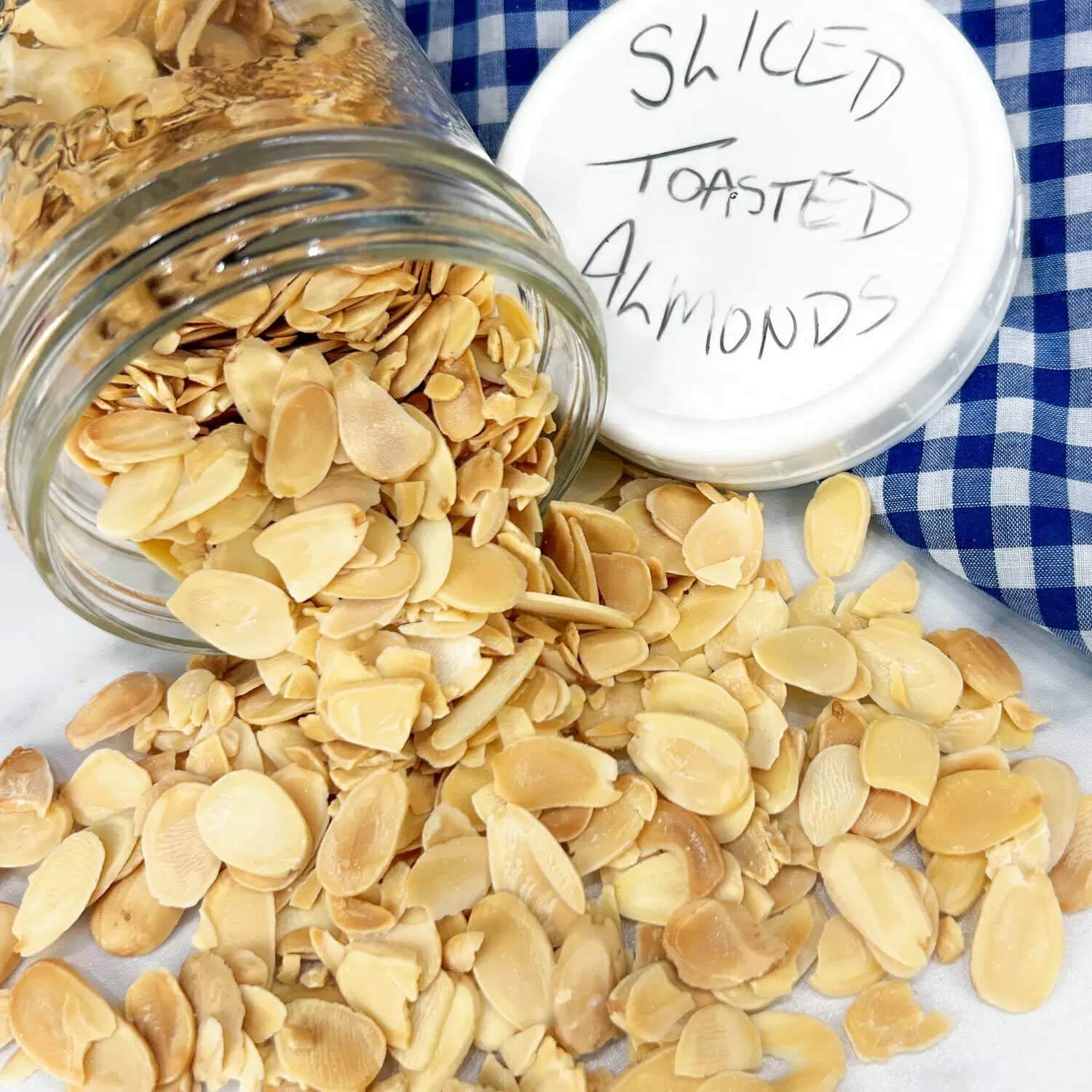
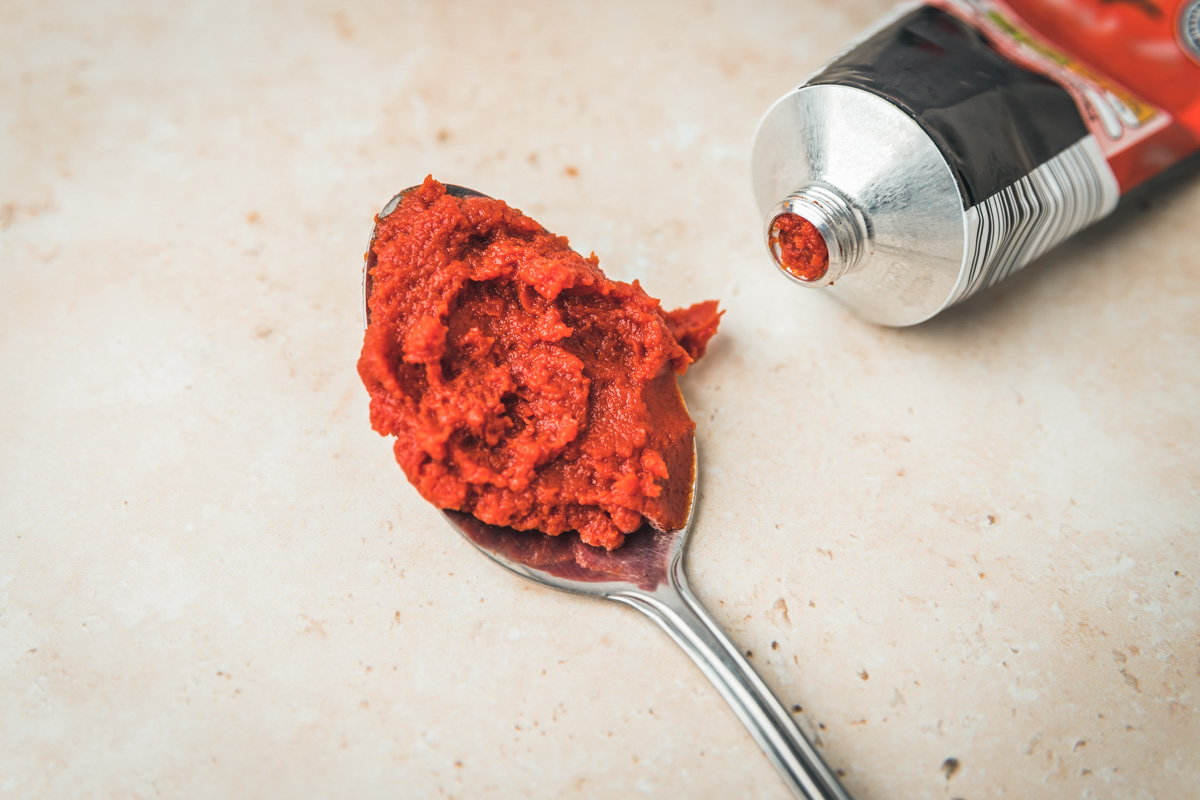
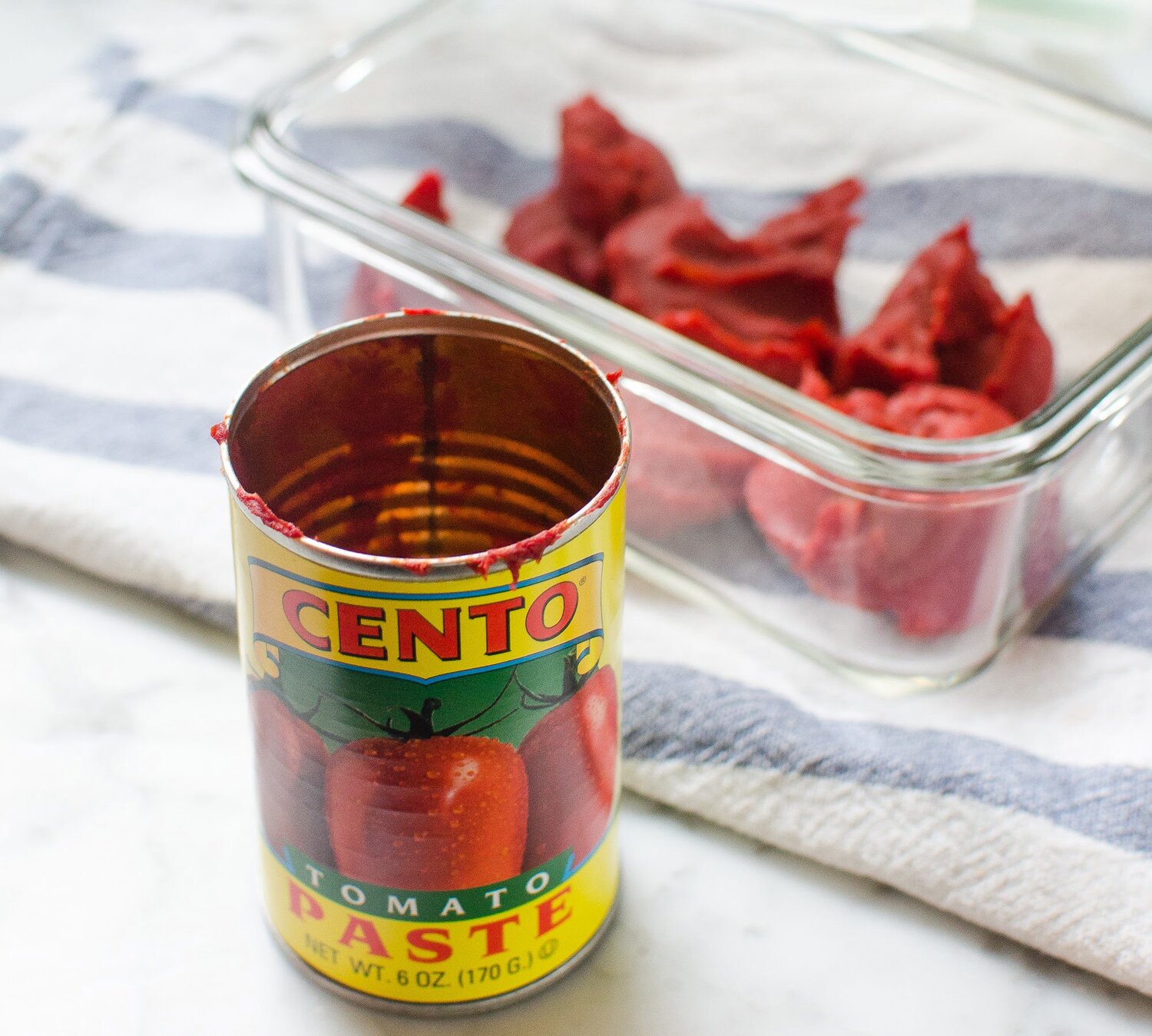
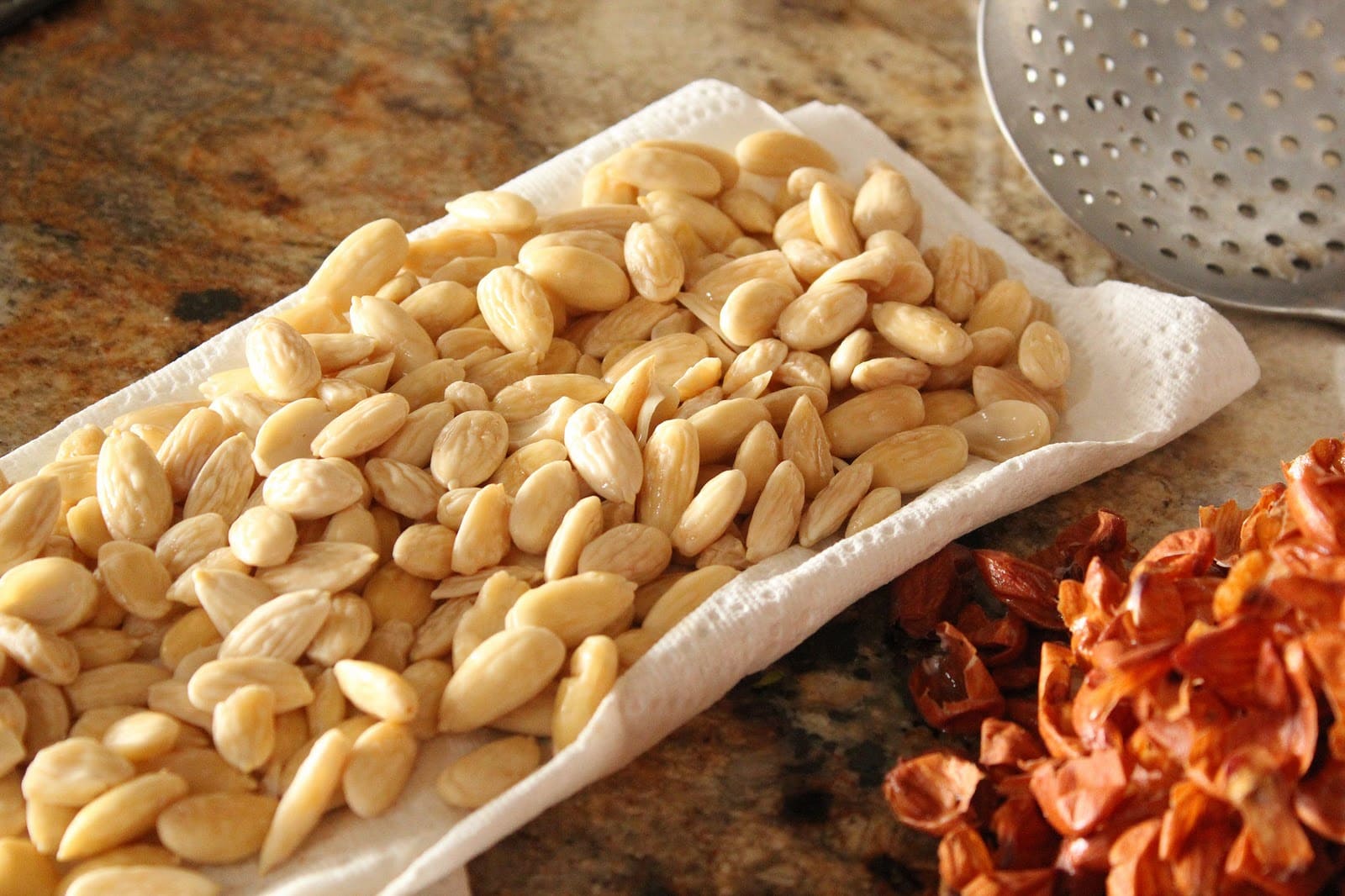

0 thoughts on “How To Store Almond Paste”